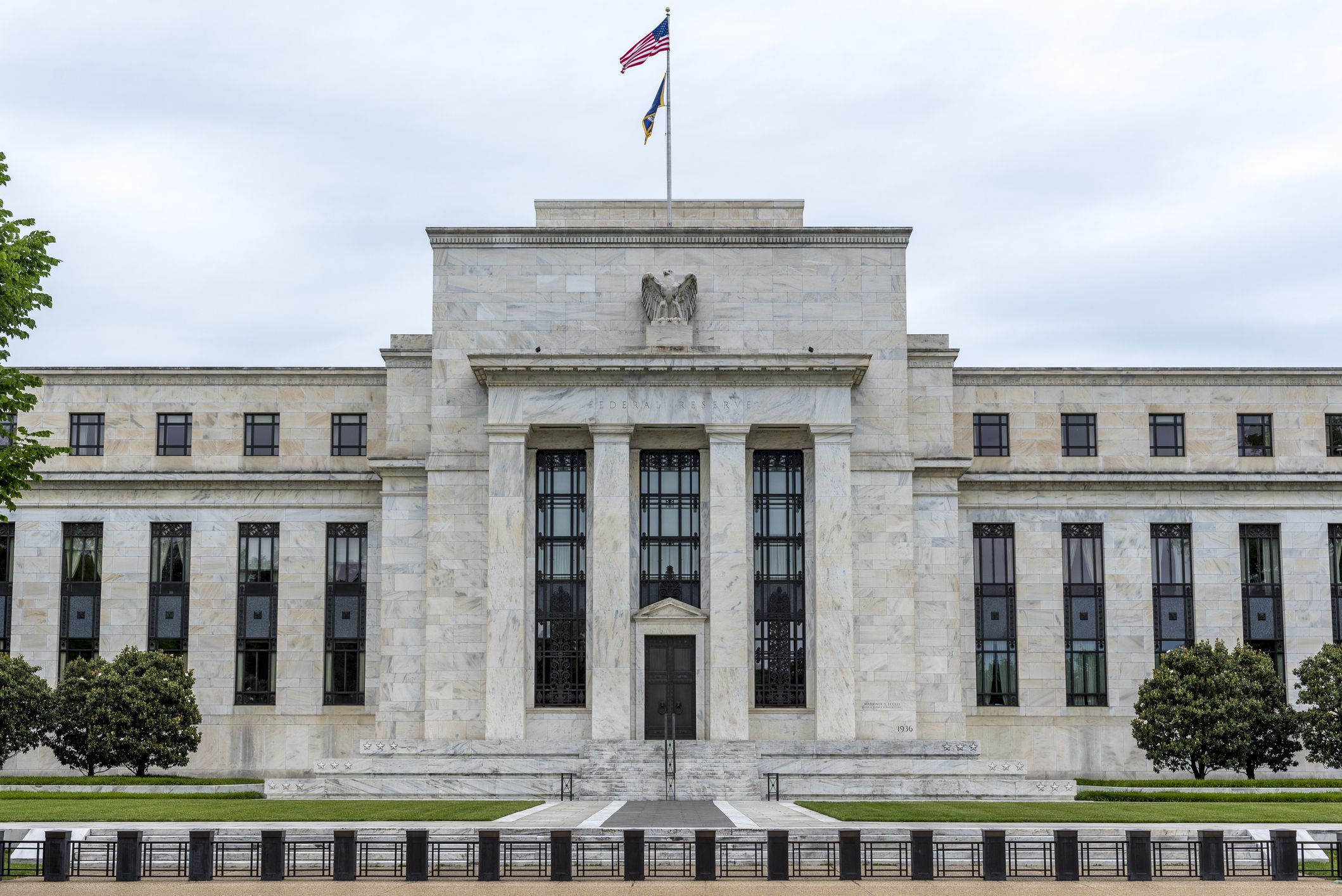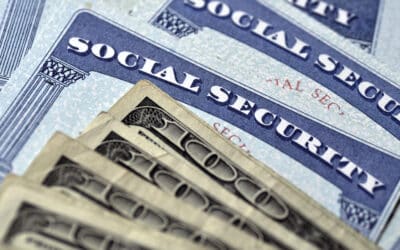If the heads of the Federal Reserve are to be believed, Fed policies do not make wealth inequality worse.
When asked recently if the Fed’s policies widen inequality, San Francisco Federal Reserve President Mary Daly stated without reservation: “Not in my judgment.”
Previously, Fed Chairman Jay Powell at the end of May was less forceful in his response, but nevertheless danced around the question of Fed policy increasing inequality. “Everything we do is focused on creating an environment in which those people will have their best chance to keep their job or maybe get a new job,” was his response.
Of course, we know Powell and Daly are lying.
How the Fed Benefits the Investor Class
Austrian school investor Jesse Colombo writes at his site explainingcapitalism.org, “the Fed and the ‘paper’ dollar are the main reasons for America’s growing economic inequality.”
Why is this so?
“In simple terms,” Colombo explains, “inflation benefits the rich while hurting the middle class and poor due to the way each group’s finances are structured.”
In short, the rich receive a significant share of their income from investments, while the middle class primarily relies on their income from labor, and the poor a combination of labor income and government welfare payments.
When the Fed creates new fiat money out of thin air, it isn’t distributed evenly throughout the economy. Instead, it is inserted at specific points, typically via credit to business investors. As the Fed inflates a bubble, speculation with the new money also increases—which inflates the stock market and other major asset classes like housing, benefitting the investor class.
To see just how acute the rise in asset value for the investor class has been, massive fiat money printing has helped the S&P 500 balloon by more than 360% in the last 30 years, a nearly five-fold increase, and more than doubling in the last ten years alone.
Moreover, median home values have nearly tripled over the last 30 years, far surpassing the rate of inflation.
The overwhelming majority of these benefits accrue to a small group of investors.
This June 2 article on quartz.com reported that the “wealthiest 10% of U.S. households owned about 83%” of stock market wealth, according to a 2016 Federal Reserve Bank of St. Louis report.
“The richest one percent of Americans now account for more than half the value of equities owned by U.S. households, according to Goldman Sachs,” reported this February 2020 Financial Post article. Conversely, the bottom 90 percent of households owned just 12 percent of stock market wealth.
Additionally, rapidly rising home prices puts homeownership out of reach for more and more people. “Homeownership is increasingly out of reach for the typical American,” Redfin Chief Economist Daryl Fairweather said in this 2019 HousingWire.com article. “Over the last few years builders have focused on luxury homes, and there hasn’t been enough construction of affordable starter homes.”
After peaking in 2006 before the Great Recession, overall homeownership rates fell from a high of 69 percent to 63 percent in 2016. Ownership rates have been climbing again in recent years, but nevertheless the gains from housing value increases accrue not only to just those who can afford a home, but even more acutely to those in more expensive houses. Meanwhile, non-homeowners and those with lower-priced homes fall further behind.
Racial Wealth Gap
With a sharper and more critical eye being focused on racial issues—and the racial wealth gap in particular—due to recent events, the Fed is due its fair share of blame in this realm as well.
For starters, the benefits of rising home prices fueled by easy Fed money can only benefit actual homeowners. And, according to this February 2020 Urban Institute paper, “the gap between the black and white homeownership rates in the United States has increased to its highest level in 50 years” in 2017.
The white homeownership rate stood at 71.9 percent, compared to just 41.8 percent for blacks.
Furthermore, Federal Reserve data analyzed at capitalist.com shows that 61 percent of white households own publicly traded stock compared to just 31 percent of black households.
Even in middle and upper class households, the discrepancy persists. A March 2019 Investor’s Business Daily article reported that “A 2015 survey by Ariel asked Americans with household income of at least $50,000 whether they owned stocks or stock mutual funds. Eighty-six percent of whites said they did. For African-Americans, the number was 67%.”
In short, as Fed easy money policies benefit stockholders and homeowners, a disproportionate amount of those benefits are going to white households, further exacerbating the racial wealth gap.
Conclusion
There’s little doubt that the Federal Reserve increases wealth inequality overall, but deepens the racial wealth gap as well. The easy money policies of the last decade as the nation attempted to recover from the Great Recession provide a prime example.
As this 2019 MarketWatch.com article noted, “the Fed lowered interest rates, which had the knock-on effect of pushing easy money into the hands of the already-wealthy.”
As Deutsche Bank’s Securities’ chief economist Torsten Sløk said, “The response to the financial crisis was for the Fed to lower interest rates which in turn pushed home prices and stock prices steadily higher over the past decade.”
Like the old state lottery ads used to say “Lotto: You’ve got to be in it to win it.”
Similarly, to “win” benefits from Federal Reserve easy money policies, you’ve got to already be in the stock and homeownership game, i.e. the investor class.
It’s beyond disingenuous for the likes of Powell and Daly to claim the Federal Reserve doesn’t increase inequality. Any discussion of wealth inequality—be it overall or the racial wealth gap—is incomplete without a discussion of the Fed.
Bradley Thomas is creator of the website Erasethestate.com and is a libertarian activist who enjoys researching and writing on the freedom philosophy and Austrian economics. Follow him on Twitter: @erasestate.











